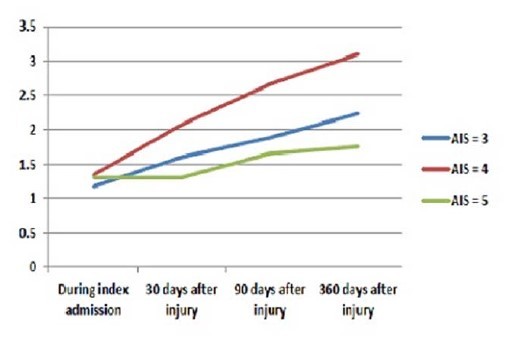We’re getting pretty handy using ultrasound at
the bedside to tell us some interesting things. It started with FAST exams in
the ED. Then we added a few views and came up with the Extended FAST, which was
helpful in showing potential chest pathology.
Ultrasound made its way into other areas of the
hospital, and is now used routinely to place IV lines, arterial lines, and
central venous catheters. I’ve previously written about using ultrasound to
evaluate volume status by imaging the IVC in the abdomen. And now, the group at
Shock Trauma in Baltimore is trying to reach even further.
They are now using IVC variations and cardiac
stroke volume variations to assist in volume assessment in critically ill
patients. These studies have a learning curve, especially the stroke volume
calculations. They performed a study that evaluated another possible window
into the patient’s volume status, the positional internal jugular change.
The diameter of the IJ was evaluated while the patient
was flat, and again when the head was elevated to 90 degrees. A fluid bolus was
given, and the positional change in diameter was measured again. The results
were then correlated with changes in measured stroke volume of at least 10%.
Here are the factoids:
- This prospective, observational study involved 159 patients over 1.5
years
- Positional IJ diameter change was much better than IVC diameter changes
(receiver operating characteristic areas of 0.93 vs 0.67)
- The authors tried to use the stroke volume variation during passive leg
raise (odd, but doesn’t involve sitting the patient up), and concluded they
could not accurately assess it. This arm of the study was abandoned.
Bottom
line: Leave it to the folks at Shock Trauma to come up with more weird yet interesting
stuff. This is very preliminary data, and their analysis is ongoing. Any
application of this study will be somewhat limited, since many patients are not
allowed to sit up due to their injuries or baseline hemodynamic status. We will
see where this technique
ends up: in our armamentarium, or in the trash heap.
Go for the
jugular: assessing volume responsiveness in critically ill surgical patients.
EAST 2016 Oral abstract #32.



